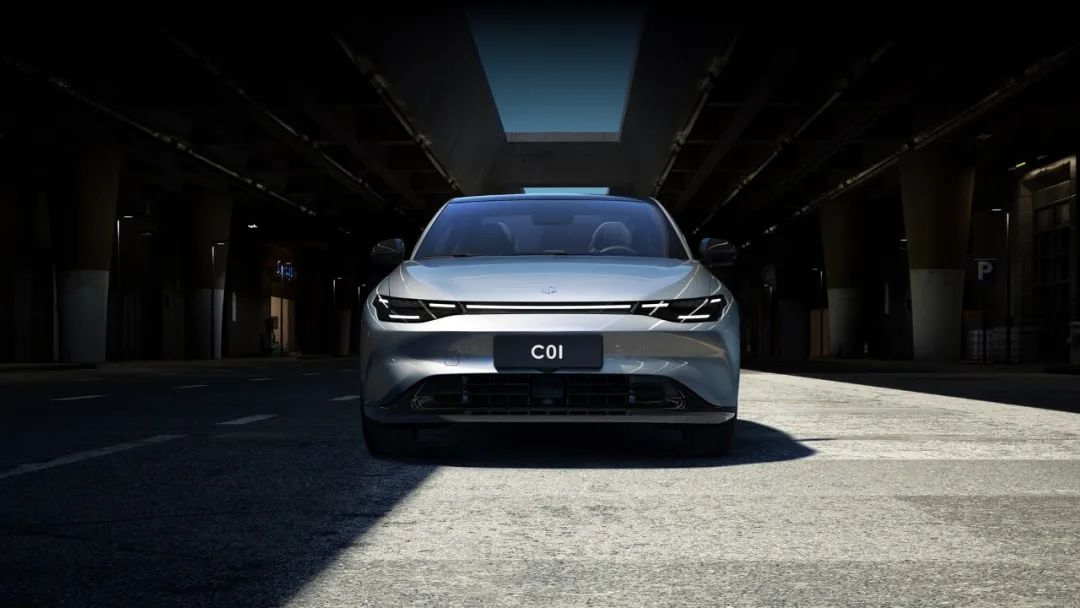Author: Wang Xuan
Once you wade into the car-making industry, it feels like diving into the deep sea. From then on, “lying flat” becomes the only path for bystanders.
On the evening of May 10th, LI released the flagship sedan C01. Throughout the whole press conference, the two most frequently mentioned keywords were “self-developed” and “transcendent”. One represents the development path of LI, and the other represents the core competitiveness of the C01.
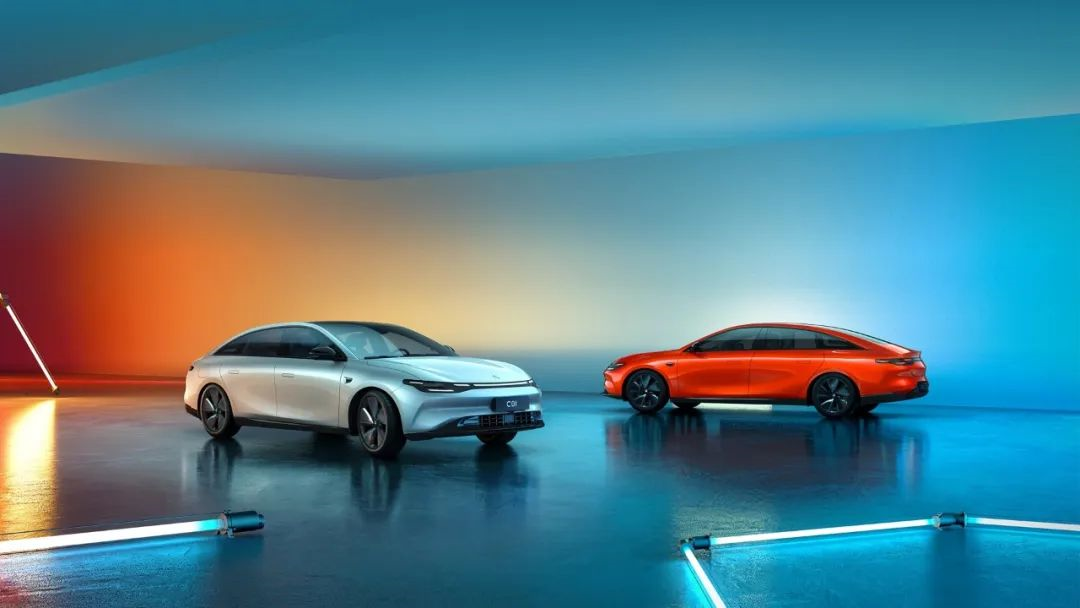
Today’s car industry is like a big dyeing vat, with “inward folding” as its foundation. Nobody can escape it.
This article about the LI C01 will revolve around the two aforementioned labels of “self-developed” and “transcendent”. Before that, let’s take a look at the basic information of the C01. The C01 has a size of 505019021509mm, which is a medium-to-large sized sedan car. Five configurations were released: the 500 standard range version, 606 long range version, 717 ultra-long range version, 630 Pro performance version, and 630 Pro+ high-performance version, with a pre-sale price range of 180,000 to 270,000 yuan (this is a critical piece of information for evaluating “transcendence”).
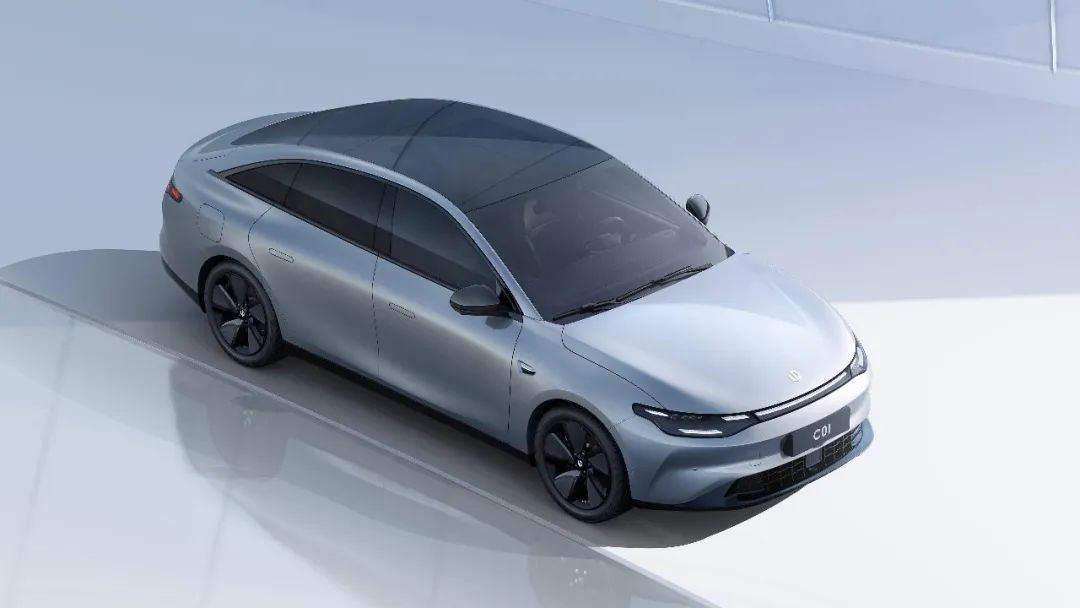
Self-Developed: Turning “Brainstorms” into Reality
In the past five years, LI’s external image has undergone earth-shattering changes. LI’s first product was the S01, an electric sports car priced at 110,000-150,000 yuan. The impression that S01 left behind was simply outrageous, especially when compared to contemporaneous products from other new car manufacturers, such as NIO ES8, Xpeng G3, and WM EX5. Even though the public opinion towards new car-making enterprises wasn’t favorable at that time, the aforementioned products were at least considered to be relatively normal.
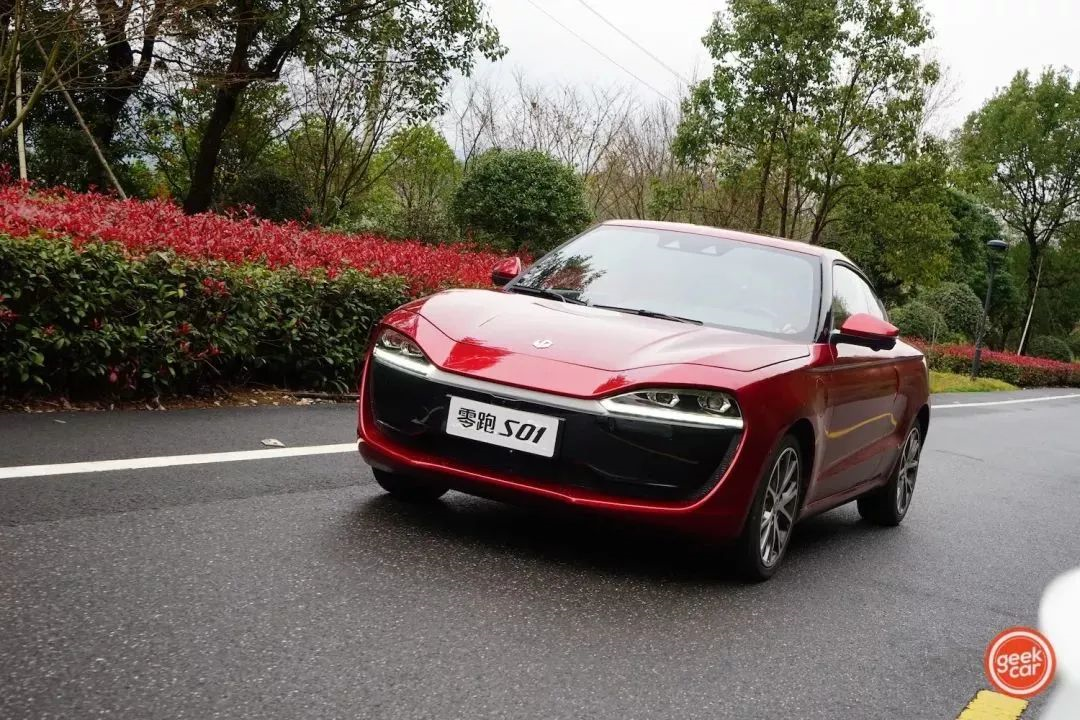
In contrast, when it came to the LI S01, I seemed to see traces of Geely MRJ and Zhonghua Kuba, even evoking memories of the darkest period of Chinese domestic automobile history. After the S01 failed, LI remained silent in the industry for a long time. From the moment LI released information about the C11 model, we saw a completely different LI. The former “backward” member was now holding the banner of self-developed automakers.In September 2021, I wrote an article called “Why does this player hold tightly to ‘self-developed'”, which detailed why the Leapmotor team, led by CEO Zhu Jiangming, is committed to self-development of the entire vehicle. Interested friends can check it out.
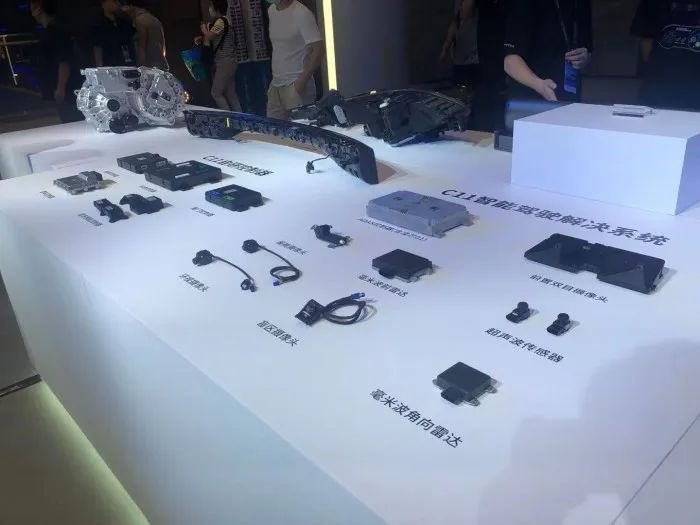
As the core development direction of self-development, Leapmotor self-developed assisted driving hardware including millimeter-wave radar, high-definition camera for autonomous driving, and Lingxi autonomous driving chip during the C11 era; assisted driving algorithms; chassis structures, etc.
During the C01 era of Leapmotor, they went deep into the basic structure of automobiles and self-developed the CTC technology, which is the cell-to-chassis battery-chassis integrated technology. Building upon this technology, Leapmotor reduced the number of parts in the C01 by 20%, reduced the weight of the vehicle by 15kg, increased the battery layout space by 14.5%, achieved a high battery capacity of 90kWh, and improved comprehensive working range by 10%.
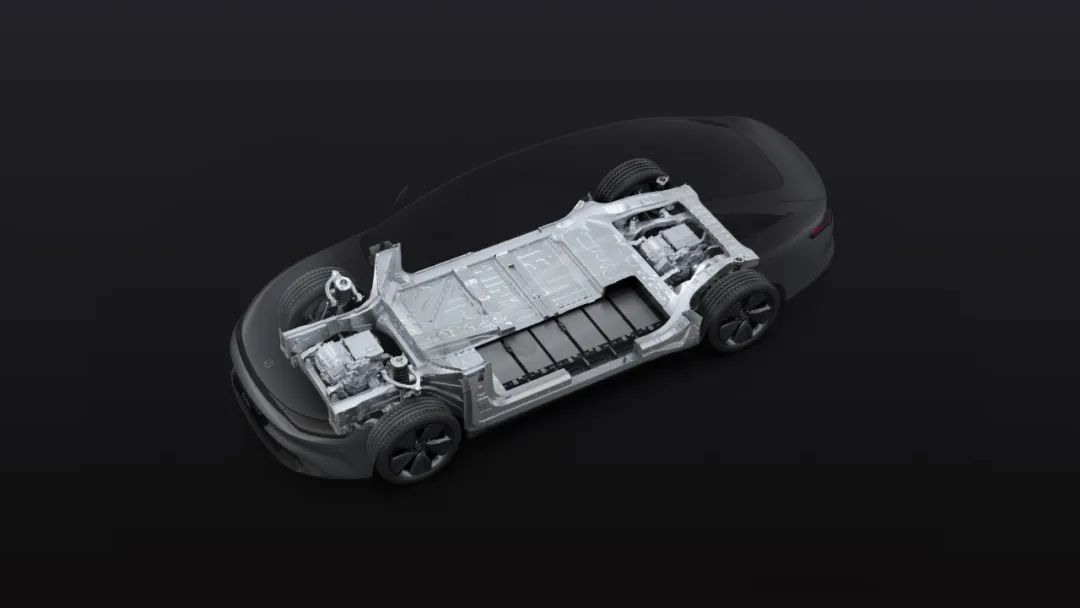
Last month, in my article “Putting the “Brain Hole” into Practice: What “self-developed” means”, I elaborated on how Leapmotor achieved the above-mentioned product upgrade through CTC technology, what innovations Leapmotor made compared to Tesla’s “traditional” CTC technology, and what problems these innovations solved. Similarly, friends who are interested in CTC technology can also read the article, and specific content will not be elaborated here.
In addition, in terms of the cabin, Leapmotor C01 is equipped with Qualcomm 8155 cabin chips, with a three-screen cabin interactive hardware, and self-developed cabin controllers and vehicle software. Among the self-developed parts, Leapmotor has added 25 functions such as face recognition to start the vehicle and automatic face ID adaptation. They also opened up the ecosystems of OPPO and Apple intelligent devices, enabling vehicle operation to be completed through the voice function of intelligent devices.
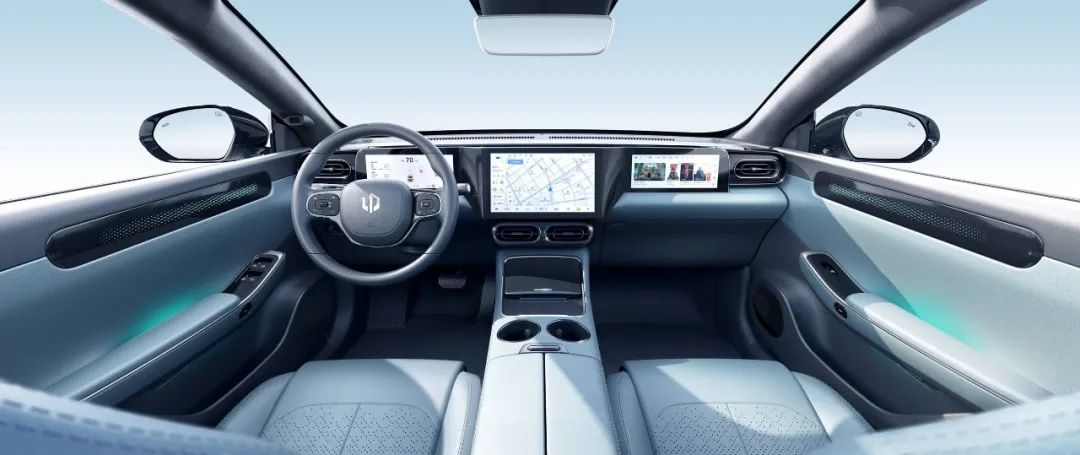
For example, if a user says “Hey Siri, start the vehicle” to their phone, the vehicle will be remotely started using the phone software, eliminating the need to open the phone app and start it manually, and achieving simplicity through complexity.
In terms of the vehicle ecosystem, Leapmotor added an Android emulator, which means that “smartphones can be brought into the car”. The compatibility rate of popular applications on the mobile phone side was as high as 99%, and more than 40 applications were built-in, eliminating the need for downloads and allowing them to be opened directly.
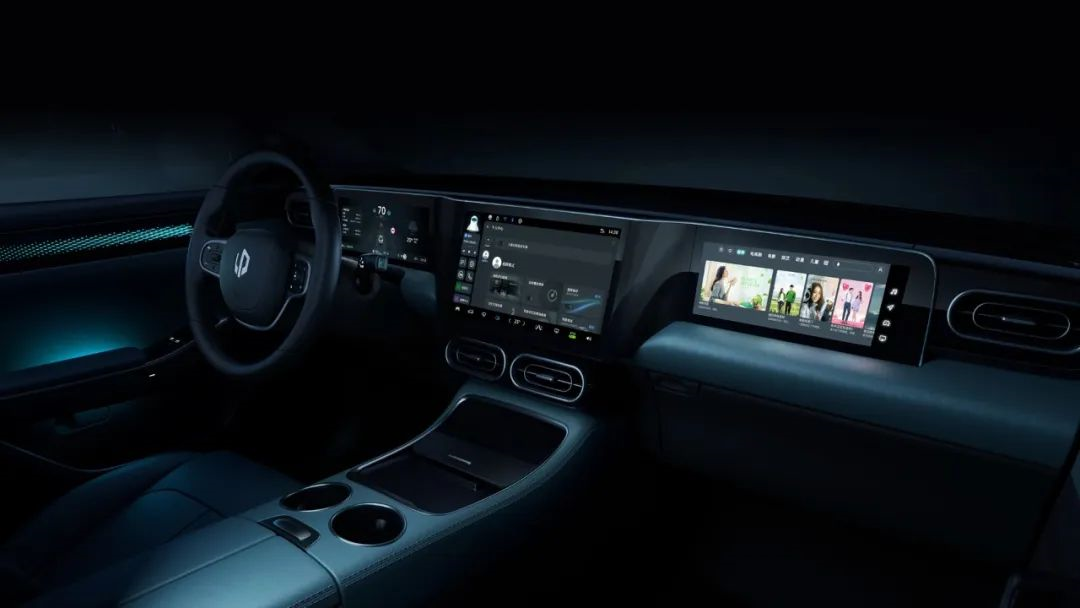
Of course, there are some doubts about this innovation. We have previously experienced a vertical car machine system with native Android ecosystem, equipped with the car version of bilibili, but in the actual experience process, the application on the mobile phone did not work as well as imagined on the car machine. There are two issues: first, the logic of use is not compatible; second, the fluency of use cannot match that on mobile phones.
Most of the playback modes adapted to long video software are horizontal screens, so when watching bilibili on a vertical car machine screen, the video can only occupy one third of the screen space, cannot be enlarged, and the remaining two thirds of the space are useless information.
Therefore, there is also a saying in the industry that “vertical screens are strong in interaction, and horizontal screens are strong in entertainment”. The central control screen and the co-pilot screen of the LINGPAI C01 are both horizontal, but when faced with short, vertical video applications such as TikTok, the horizontal screen playback effect is somewhat inadequate. Hardware will limit the experience of mobile phone applications on cars. It is difficult for them to achieve the same experience as mobile phones that can be horizontally and vertically used.

In addition, it is difficult for the car-grade chips used in car machines to achieve the same level of fluency as consumer-grade chips. We have tried to play “King of Glory” on the co-pilot screen of the LINGPAI C01 using the chip of Qualcomm 820A, but it was more difficult to run the game on it than on a consumer-grade chip. Although the updated Qualcomm 8155 used in the LINGPAI C01 is still one generation behind consumer-grade chips. We cannot be extremely optimistic about the experience of mobile phone applications on cars.
Even so, we can still see that the product manager has put the “brain hole” into practice on the LINGPAI C01. The reason why self-developed technology is the lifeline of leading products is that while mastering the core technology, it also has the ability to independently solve problems.
For example, the CTC technology. LINGPAI chose to integrate the battery and chassis by placing the battery module under the chassis and covering it with a support tray, which solved the problem of greatly increasing the maintenance cost and difficulty of CTC technology. Also, LINGPAI greatly improved the user’s convenience in the use of cars by deeply connecting self-developed car machine software with intelligent devices.
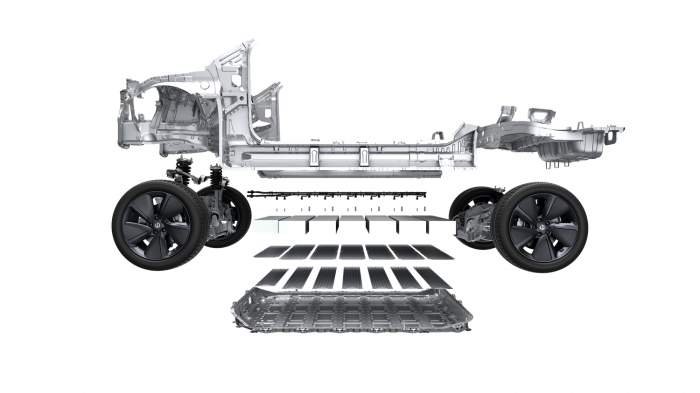
Of course, the application of mobile software on cars is also a good example, after all, there are a large number of application software in the app store. The product manager has given the right to users to choose which applications they want to use in the car, and who knows down the road, some users may even discover a particular application that is particularly suitable for use in cars through their creative minds.To some extent, self-reliance makes Leapmotor closer to users. Compared with relying on the supplier system to manufacture cars, self-reliant solutions can respond more quickly to user issues and are more suitable for product function iterations. In an age where everyone is striving to become a “user-oriented enterprise,” companies that are closest to users have the potential to become highly sought-after.
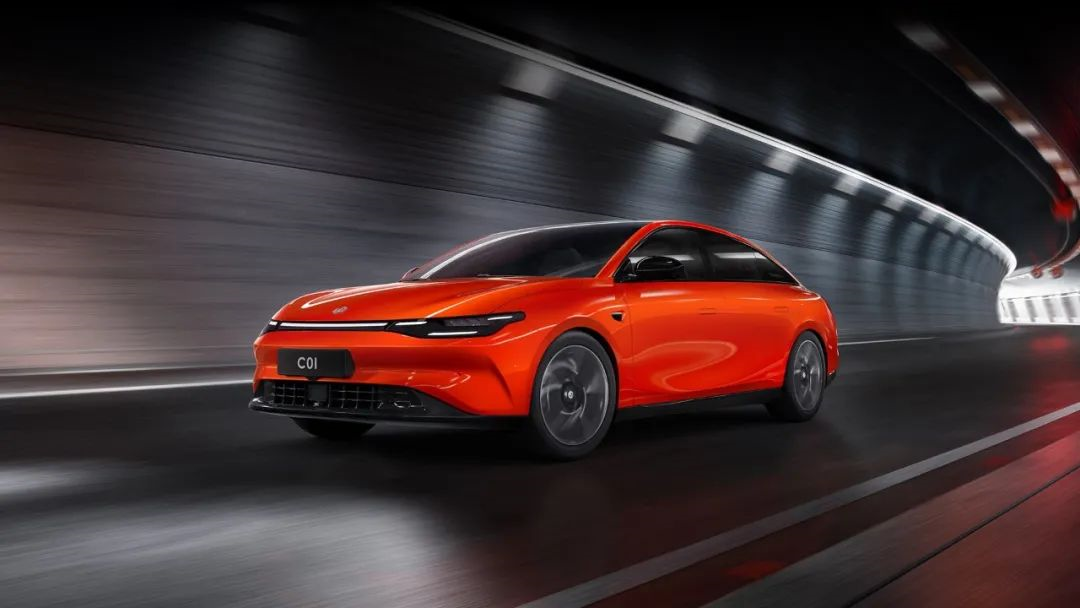
The So-called Overtaking: Doing What Others Dare Not Think Of
In this part, we will focus on the product strength of the Leapmotor C01. To be honest, after seeing the Leapmotor C01, I cannot find a highly similar competitor in the market because it does not match the traditional product logic of price and size positioning.
What kind of products are in the price range of 180,000 to 270,000 yuan? Xpeng P7, Tesla Model 3, Changan C385, and BYD Dolphin are some examples. Of course, this is a relatively broad price range. The starting prices of the first two models are slightly higher than that of the Leapmotor C01, while the latter two are similar to the C01.
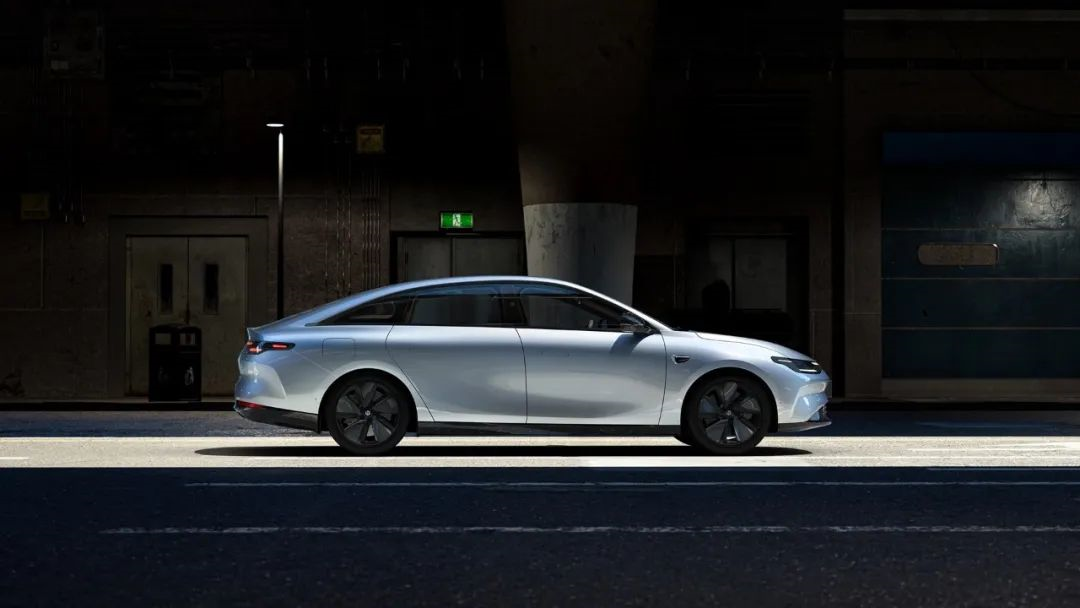
However, among these four products, the Xpeng P7, with a length of 4880mm and a wheelbase of 2998mm, has the largest size. In contrast, the Leapmotor C01 has a length of 5050mm and a wheelbase of 2930mm. The overall size of the vehicle has exceeded the scope of a B-class car, reaching the level of a C-class car. The Leapmotor C01 is only 5 cm shorter than the NIO ET7, yet it costs only half as much when fully loaded.

With a price range of 180,000 to 270,000 yuan, this is a standard B-class car range. Even if various independent brands and new forces such as NIO are taken into account, no one has broken this industry rule. Therefore, the first step of overtaking is to do what others have not done or dare not think of.
In terms of range, the Leapmotor C01 offers four models with different ranges: Standard Range 500km, Long Range 606km, Super Long Range 717km, and Performance Version 630km. All of these data are CLTC data.
In terms of acceleration, the Performance Version 630 PRO can achieve an acceleration of 0-100km/h in 3.6 seconds. Although the electric motor makes the performance more affordable, some cars within the same level can achieve acceleration in the 3-second range, such as the Tesla Model 3’s P version which sells for about 350,000 yuan. With the Leapmotor C01, you can get the same experience for only 270,000 yuan.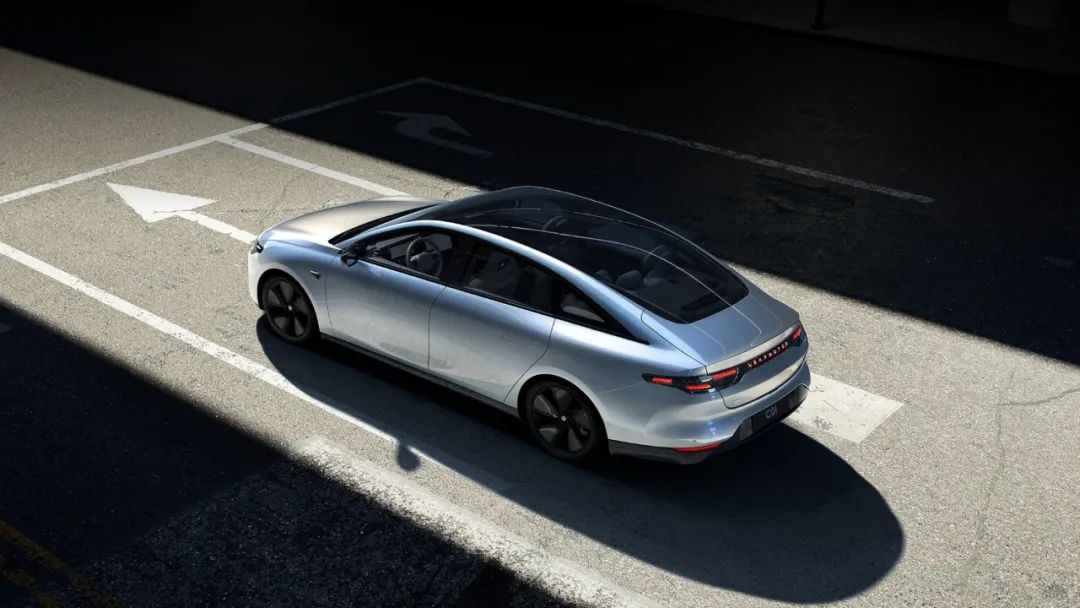
In terms of power configuration, the Leapmotor C01 is equipped with the industry’s first variable architecture oil-cooled electric drive, with a maximum speed of 16,000 rpm, comprehensive efficiency of 88.5%, weight of 85 kg, power of 200 kW, peak torque of 300 N・m-500 N・m, and a design life of over 1 million kilometers. It has industry-leading efficiency, power density, quietness, and reliability. The AWD version is equipped with two oil-cooled electric drives, with a maximum output power of 400 kW and a maximum torque of 720 N・m.
A better intelligent experience is the product advantage of most new energy vehicle companies, and the Leapmotor C01 is no exception. Through self-research, Leapmotor has gained more initiative in the intelligent driving system. The Leapmotor Pilot intelligent driving assistance system is standard on all models of the C01, with 28 high-precision sensing hardware components, most of which are self-developed. It can realize 23 intelligent driving assistance functions, and users can subscribe to the NAP intelligent navigation assistance system, which will be open in the fourth quarter of this year.
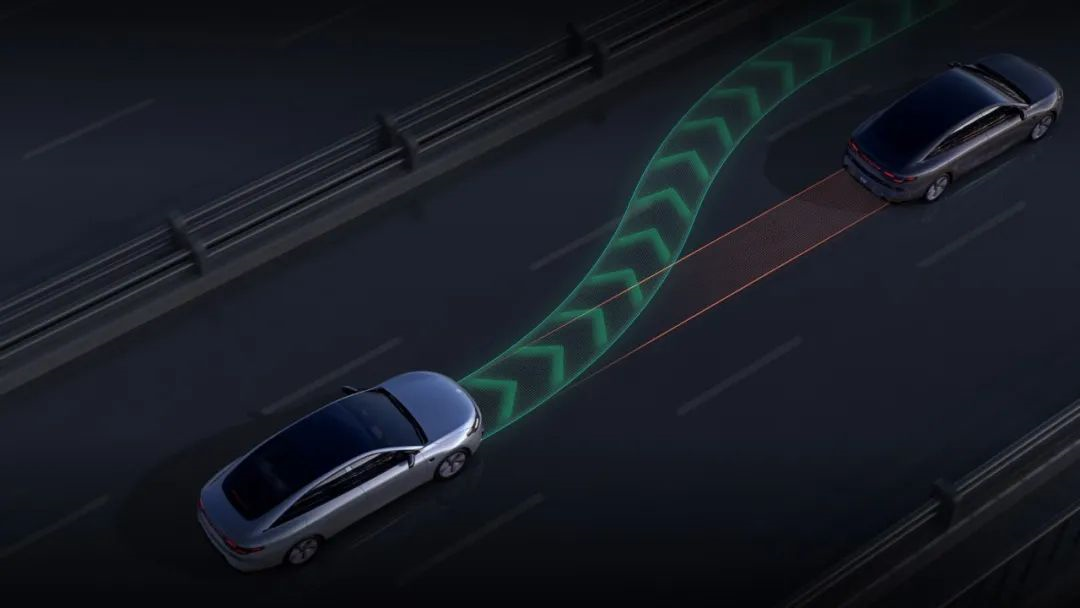
In terms of assisted driving, Leapmotor C01 provides users with a more affordable solution, belonging to the L2+ NAP navigation assistance function. Although it is not a fresh function in the industry, users do not need to select and install additional hardware. The entry-level model priced at 180,000 yuan is equipped with all hardware components as standard.
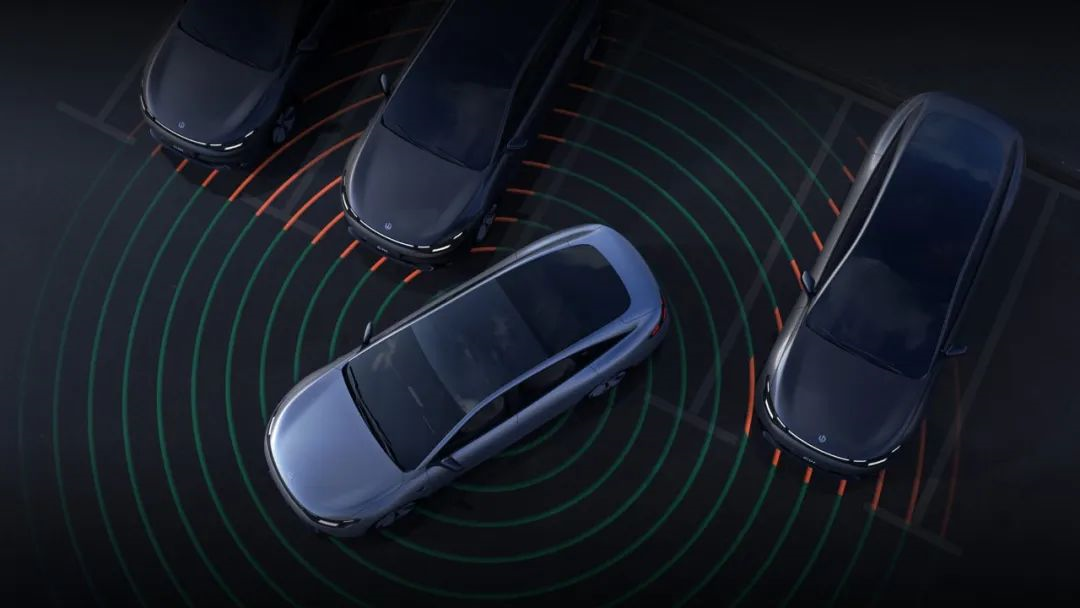
In terms of size, the Leapmotor C01 is an entry-level sedan in the C-class category, and we can also see high-end configurations that cater to this positioning. For example, the rear boss seat with adjustable sitting position unique in its price range, fully leather-wrapped door panels, NAPPA leather steering wheel, high-end suede ceiling, 12-speaker Hi-Fi surround stereo sound system tuned by the professional tuning team of the French Acamis, and the chassis equipped with front double-wishbone and rear five-link suspension are also high-cost options.
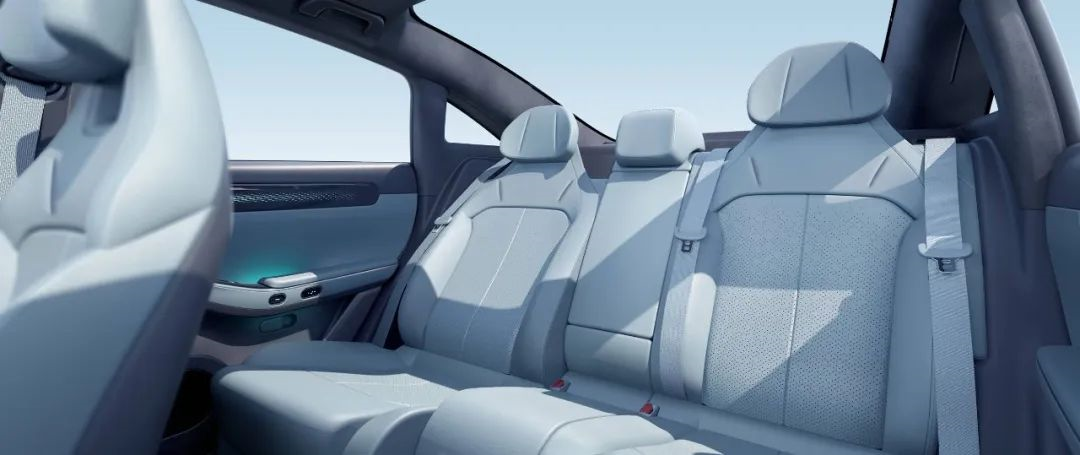
Buying a C-class car in the price range of a B-class car is a big temptation for users. After all, no one will refuse a cheap and hearty package. However, what we see on the surface is only the data, and the true product strength needs to be summarized through actual experience.
Finally# Lynk&Co 01: A Product Integrated with Self-Developed Technologies
Lynk&Co 01 is a product integrated with various self-developed technologies by Lynk&Co, which is an outstanding figure in the new automobile manufacturing industry in China. Most companies in this industry tend to speed up the product launch and rely heavily on the supply chain, while few are like Lynk&Co, whose every technology has been developed by themselves and achieved multiple successes with their own efforts.
Self-development might bring better prospects for Lynk&Co. In the era of rapidly changing automobiles, those who personally participate in car manufacturing will have a sharper perception of technological development than those who prefer storytelling. Stories can easily be copied and pasted, but technology always has its barriers.
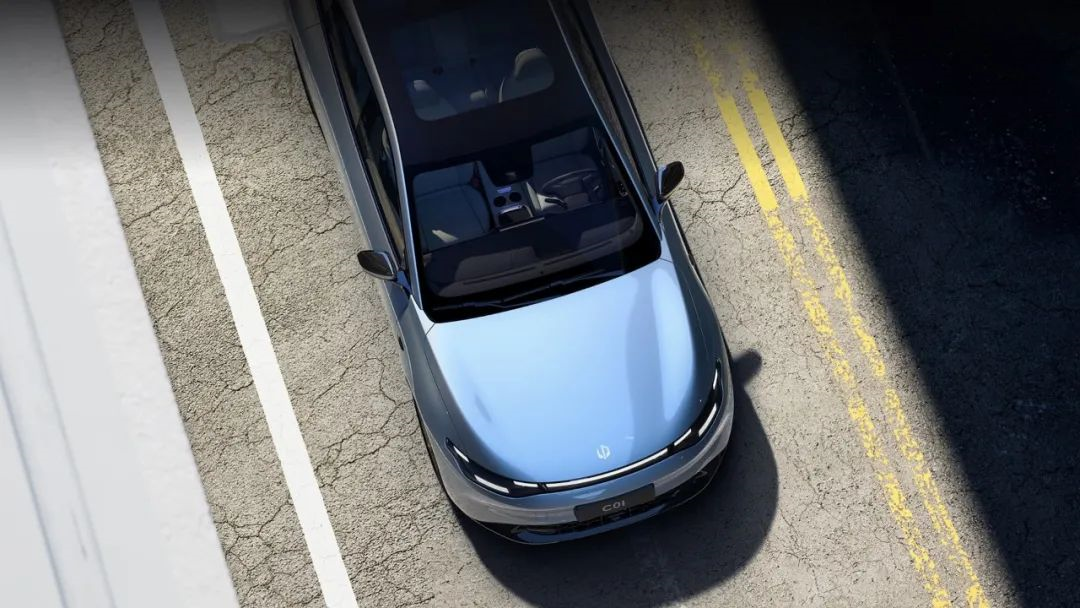
This article is a translation by ChatGPT of a Chinese report from 42HOW. If you have any questions about it, please email bd@42how.com.
